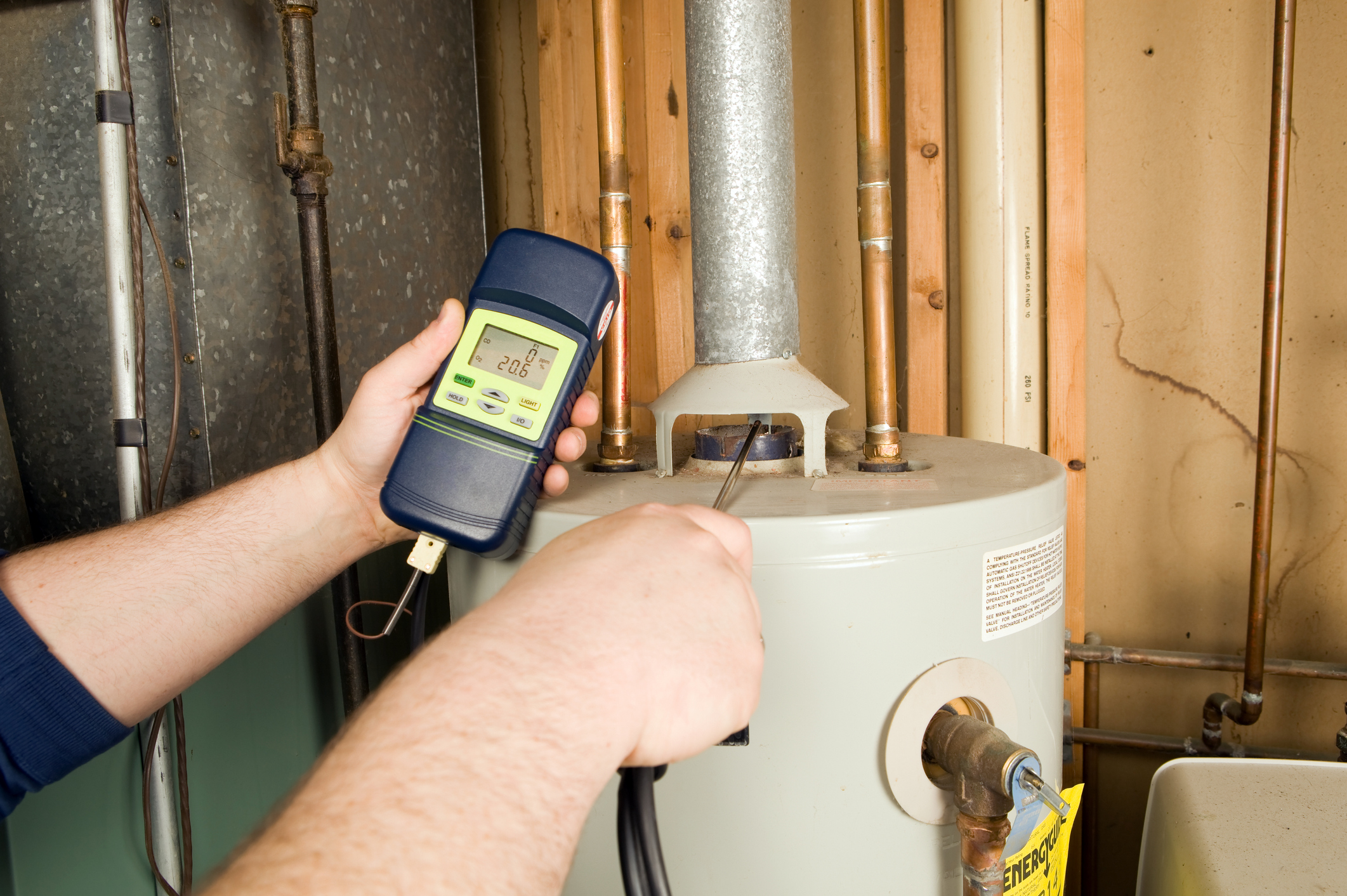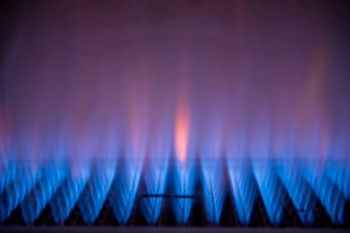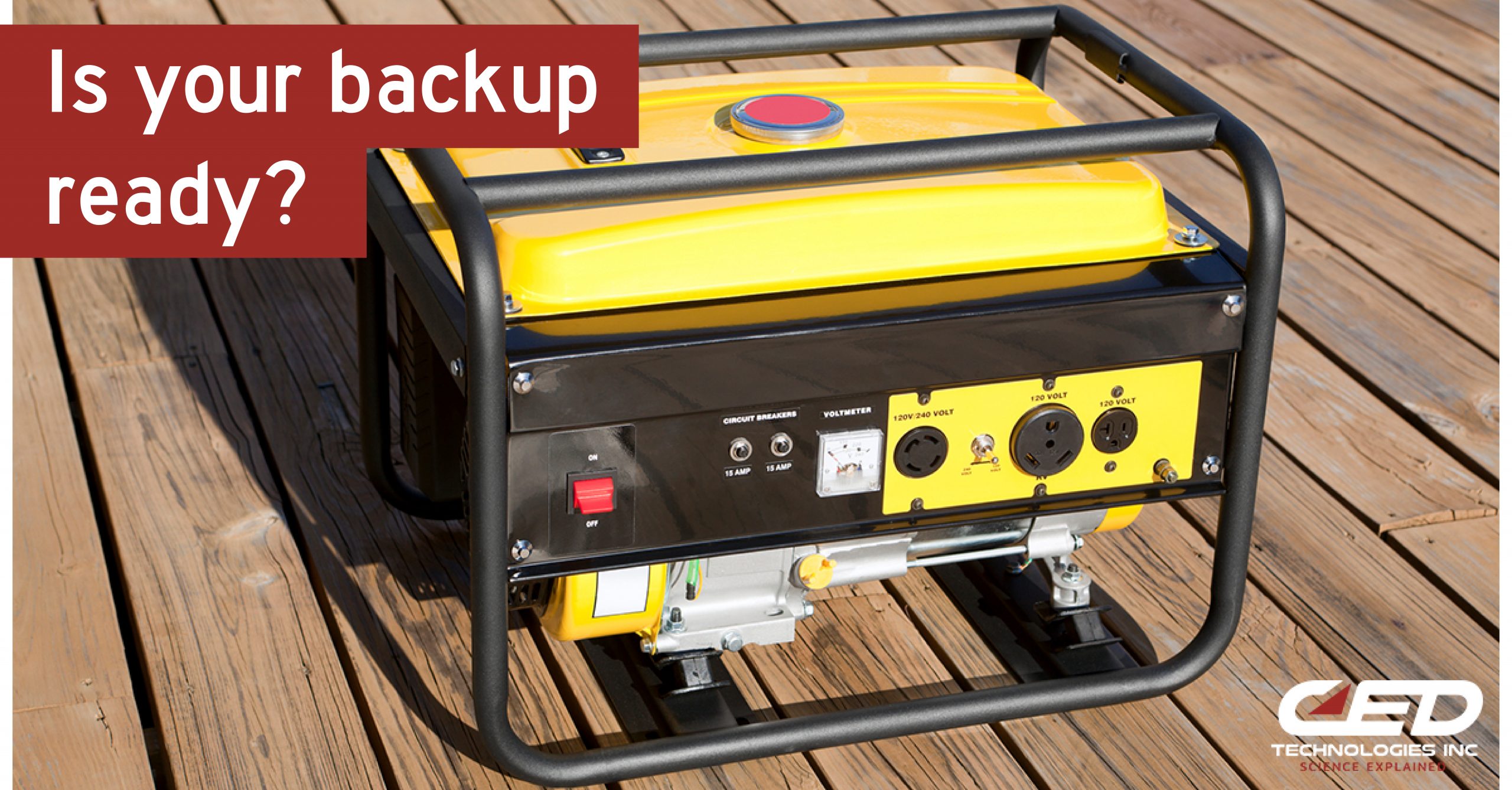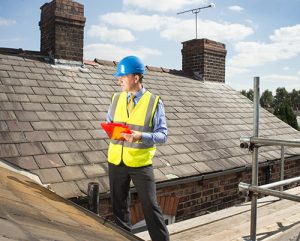With everyone at home this is the perfect time to catch up on that to-do list around the house. One item you want to check is the batteries in your carbon monoxide alarm. Carbon Monoxide, also known as CO, is often called the “Invisible Killer” because it is a colorless, odorless and highly poisonous gas. According to the CDC, over 400 people die and 50,000 are admitted to emergency rooms each year due to non-fire related CO incidents.
Anything that burns a fuel – such as a furnace, fireplace, generator, pressure washer, gas grill or car – produces CO. Proper ventilation is critical to avoid CO poisoning, so don’t fire up one of those devices in an enclosed area, like a basement or garage. Even with a garage door open, CO gas can quickly build up to toxic levels, so the recommendation is to keep such machines over 20 feet away from any building, using an appropriate outdoor extension cord.
For indoor furnaces, fireplaces, and appliances like dryers, vents must be kept clear. Remember the possible danger of snow piling up and excessive lint build-up in dryer vents which can prevent the gas from dispersing out of your home; two avoidable situations which are easy to overlook. In your fireplace, make sure to never close the flue before the last embers are fully cool before retiring (Source).
The installation of CO alarms (often paired with smoke detectors) is a must, and Travelers Insurance advises: “You will want one on every level (including the basement), within the vicinity of each sleeping area, and in other locations required by any applicable laws/building codes.” Don’t forget to maintain them, keeping batteries on hand, particularly for power outages.
Even with such fail safes in place, disaster can strike, and hair-raising stories of “close calls” abound. Here are the symptoms of Carbon Monoxide poisoning to keep in mind:
- Headache
- Dizziness
- Weakness
- Nausea/vomiting
- Shortness of breath
- Confusion
The engineers at CED have experience investigating these kinds of accidents. Don’t let this happen to you; maintain safe operating procedures for appliances and tools that emit CO, be aware of the symptoms of CO poisoning, and take a moment today to check the batteries in your carbon monoxide alarm. Make it a point to check them twice a year going forward, whenever you change your clocks for daylight savings.
Case in Point (March 2020):
I have a friend who, three full weeks after a routine boiler repair, suddenly had to evacuate the house at 8:15 at night with her three kids when the alarm sounded, with a message reading “CO2 basement.” She had felt just a little bit off for days — some light headedness and faint nausea and thought she may be coming down with the flu…or COVID-19. Since her home is maintained by a property management company, including an HVAC contract with routine maintenance, her mind did not turn to a CO leak. Turns out the gas pipe had a hairline fracture that had NOT been fully repaired after all; the basement had an elevated level of CO that had been trickling out very slowly for weeks or months before the level got high enough to sound the upstairs alarm. If her CO alarm had not been functioning properly, the outcome could have been catastrophic for the entire family.
Click Here To See Our Full List of Experts Click Here To Submit an Inquiry about a possible Claim or Case.






